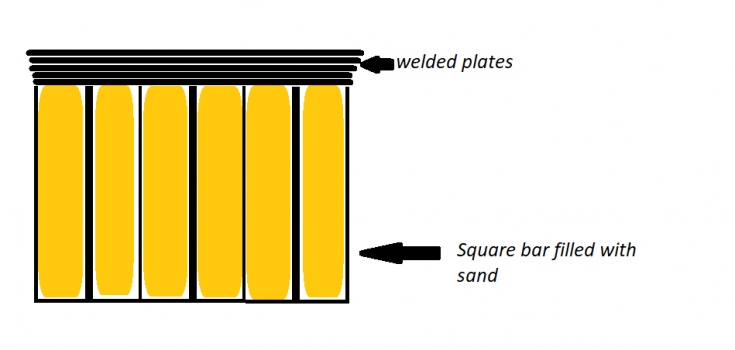Smurf masher
Well-Known Member
Could I make an anvil by casting some concrete with rebar sticking out the top. Getting some decent flat solid steel, say 5kg's worth and drilling holes for the rebar, welding it to the steel, then grinding it off to get a flat finish? Could add some kind of silicone between the concrete and the steel to reduce the chance of chipping the concrete and noise reduction.
Would that work as a cheap mans anvil with plenty of mass?
Would that work as a cheap mans anvil with plenty of mass?
Attachments
Last edited:



